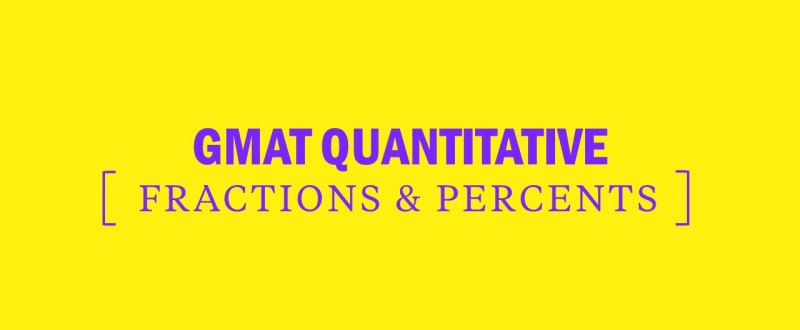GMAT Quantitative: Ratios and Proportions
Ratios
A ratio is both a comparison and division, and can simply be treated as such. “The ratio of boys to girls is seven to two” can be expressed as the proportion: B/G = 7/2. Do with this what you like: 7G = 2B or B = 7G/2, whatever. Forget the “:” with ratios.
GMAT writers love to provide ratios (which are multiplicative relationships) and then add an absolute component (addition/subtraction). Note that when you have a ratio like B/G = 7/2, we don’t actually know the number of girls and boys. There can be 14 boys and 4 girls, or 70 boys and 20 girls. Questions that insert absolute numbers should be taken with caution. For example:
The key here is setting up the equation. Since we don’t know the initial scale of the number of cooks and waiters, we can express this scale by “x”.
C/W = 3x/13x.
Notice that whatever x is, the ratio will hold true. (x must be an integer, since you can’t have a portion of a cook, unless of course he chops his finger off by accident!)
“When 12 more waiters are hired” is the insertion of an absolute. Adding the 12 waiters, the new ratio becomes:
C/W = 3x/(13x + 12)
“The ratio of the number of cooks to the number of waiters changes to 3 to 16” defines this new ratio:
C/W = 3x/(13x + 12) = 3/16
STOP! Before we cross multiply and solve for x, we want to cancel out the 3’s in both the numerator. (More on this below.) After cross-multiplying, we get:
16x = 13x + 12
3x = 12
x = 4
Sweet. Answer A, right? Well, recall that x represents the scaling factor. The stimulus asks for the number of cooks, which we originally represented by 3x. So, 3*4 = 12 cooks. That’s 120 fingers. Choice D.
Proportions
A proportion is two ratios set equal to each other like the question above. Generally, there is a variable in one of the four slots, and we are taught to cross-multiply and solve for that variable. Before you do that, however, it’s best to reduce top-bottom AND left-right before cross multiplying. This will ensure you work with the smallest (and easiest) (and fastest) numbers possible. For example:
The key word here is “spread evenly”. This implies that the relationship of fertilizer per square foot is uniform, and you can set equal the relationship of the wholes to the relationship of the parts.
A/F = 9600/1200 = 3600/x
Clearly, we can eliminate the zeros on the left side:
9600/1200 = 3600/x
96/12 = 3600/x
Then we can divide 96/12:
8 = 3600/x
Here, we can still reduce left-to-right, by canceling 4 in both:
2 = 900/x
Oh wait! There’s more! Both 2 and 900 are divisible by 2!
1 = 450/x
x = 450
It DOES NOT matter whether you start top-bottom or left-right, so long as you are reducing by the same factor. Also, start with small numbers. No need to go for the biggest common factor. You’ll eventually work your way down as the numbers progressively get easier. For this question we could have started by canceling 9600 and 3600 in the numerators, which are both divisible by 400 to get:
24/1200 = 9/x. You can take it from here. Good luck!





